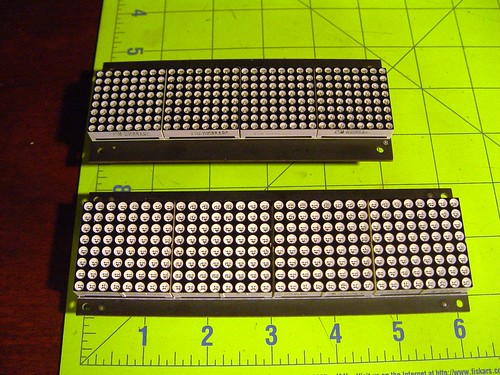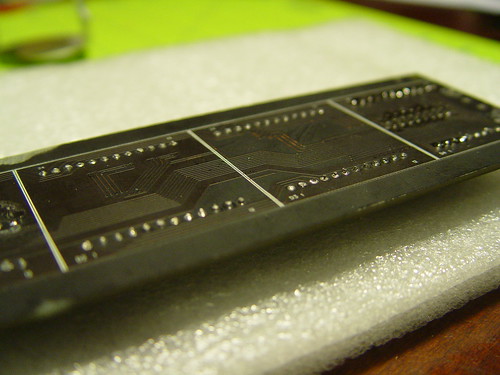tekparasite
Member
...after consulting with Volpin and other considerations, I opted to add 2 x 30 mm fans to my helmet. I'm still waiting for the voltage regulator, but they're in.
I had also received my 2nd bucket from Volpin to give it another stab at chroming. While talking to the owner of Coat of Chrome, he mentioned that he had a fix and if I was interested in sending the already chromed bucket back to him for re-chroming. "RE-CHROMING!!??" I asked :confused.
He said, "yeah...." 1 week later (minus transit time), I got my helmet re-chromed with much better results.

Props to Don at Coat of Chrome as he did the re-chroming free of charge.
:love
I had also received my 2nd bucket from Volpin to give it another stab at chroming. While talking to the owner of Coat of Chrome, he mentioned that he had a fix and if I was interested in sending the already chromed bucket back to him for re-chroming. "RE-CHROMING!!??" I asked :confused.
He said, "yeah...." 1 week later (minus transit time), I got my helmet re-chromed with much better results.

Props to Don at Coat of Chrome as he did the re-chroming free of charge.
:love
Last edited:








